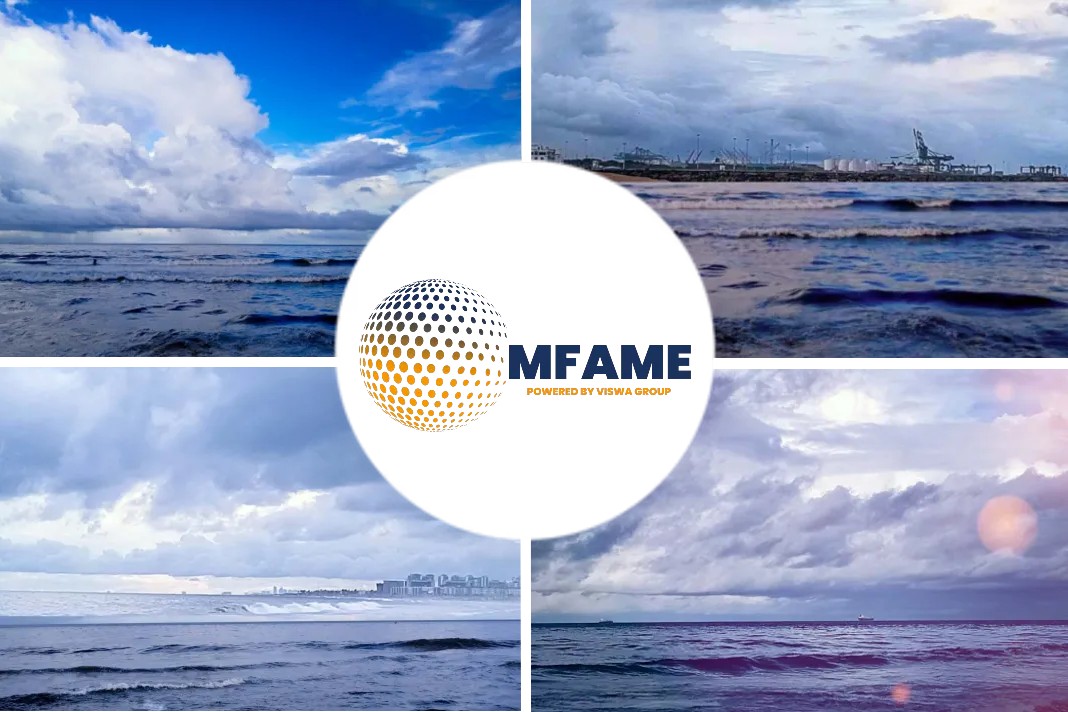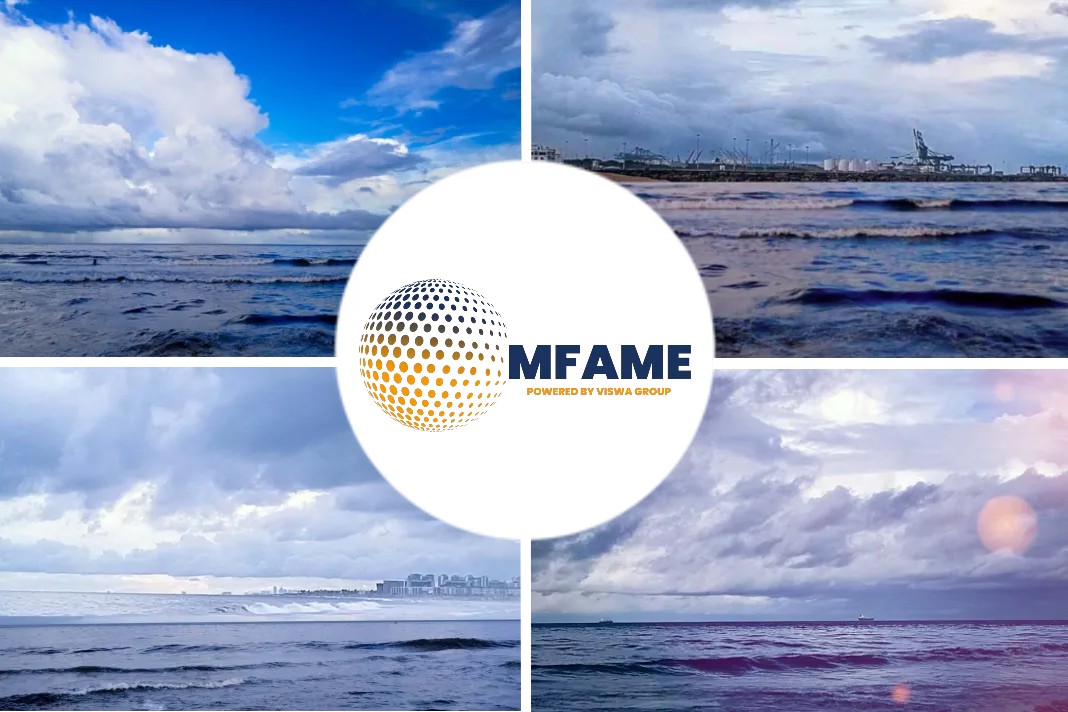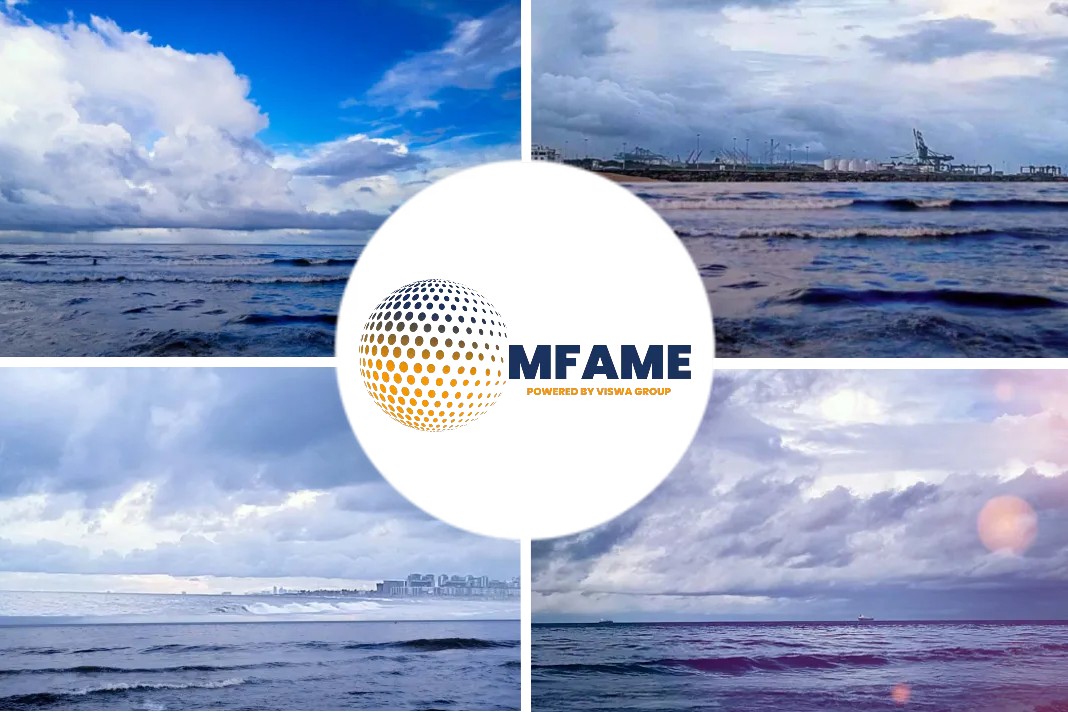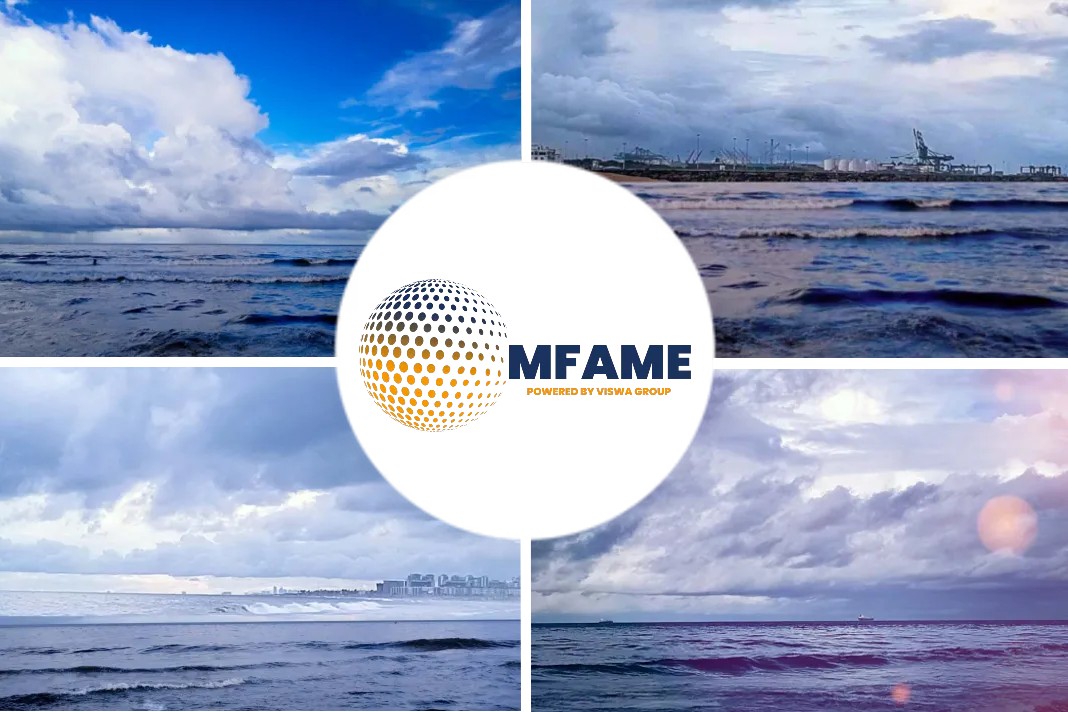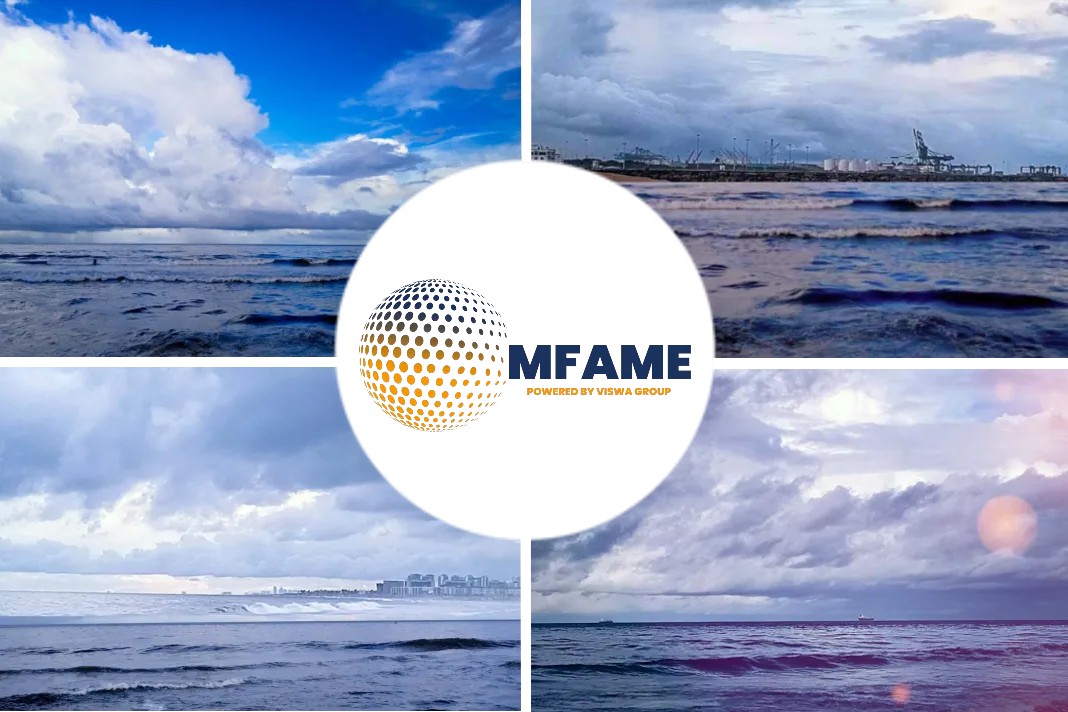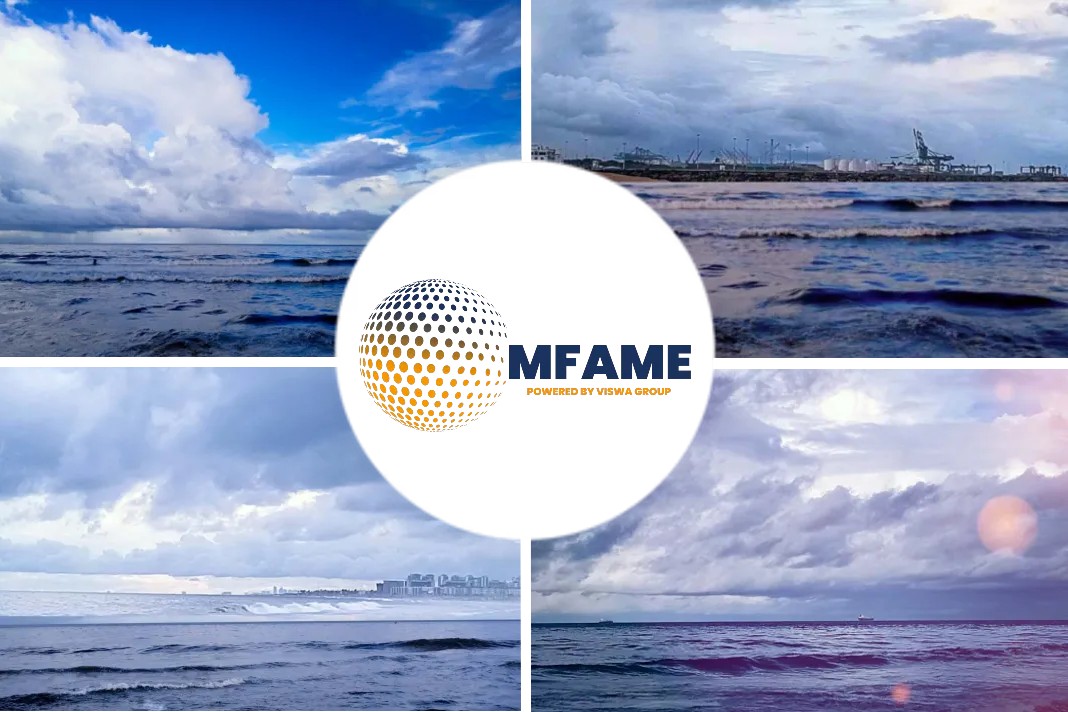- The average spread of 2020 heating oil processing is $24.76/b.
- Heating oil processing spreads expected to rise 45% over the average.
- A gross margin increase of 17% for “pure” refining plays such as Valero.
- Refiners like valero can produce 38% of distillates in their yields
- A well-known energy economist predicts a price spike causing an economic collapse.
From 1 January 2020, the International Maritime Organization (IMO) will limit the sulfur in fuel oil used on board ships operating outside designated emission control areas to 0.50% m/m (mass by mass), from 3.50% m/m. Of total global air emissions, shipping accounts for 9 percent of the sulfur oxides.
When inhaled, sulfur is known to cause respiratory problems and to increase the risk of a heart attack. A study cited by the IMO says over 570,000 premature deaths will be prevented between 2020 and 2025 by reducing sulfur emissions from ships. Sulfur also creates acid rain which damages crops and buildings, explains Robert Boslego in his article published in the Seeking Alpha.
Robert further elaborated how the change in marine fuels will benefit refiners by increasing their profits, compared to average.
In this article,we are providing insights on how much impact the market currently expects through a series of excerpts from Robert Boslego’s article.
Heating Oil Crack Spreads
A marine fuel futures contract has been offered by the CME Group, but it has not yet been active. So I performed calculations on NYMEX Heating Oil as a proxy.
Using closing prices for July 10, 2019, I calculated the Heating Oil Crack Spread, which is the processing margin, by subtracting NYMEX WTI crude oil from Heating Oil, writes Robert.
IMO 2020 Refiners Impact
- Robert calculated that the market expects the Heating Oil Crack spread to be about 45% (42%/29%) higher than the 10-year average.
- Complex refiners, such as Valero (VLO) can produce about 38% of distillates in their yields.
- And so the refiner’s gross profits would increase by about 17 % (44% times 38%) v. the average.
How did he Calculate?
The average spread for 2020 contracts is $24.76/b. Upon calculating the percentage difference between heating oil and crude he understood that he dollar spread will vary greatly depending on how high or low the underlying crude price is because it represents the gross profit margin.
The average spread for 2020 contracts is 42%. Upon historical data comparison Robert developed cumulative frequency distributions for the ten-year period between 2009 and 2018. The spreads are seasonal and so by using 10 complete historical years and the complete forecast year (2020) the seasonality is taken into account.
He found that the 1-year average is $21.32. However, that figure must be normalized by using percentages for the margin. He found that the average percentage for the period was 29 %.
How does this impact vary?
Each refiner has different economics;i.e., it depends on their locations and the crude types run. So his calculation is just a ballpark estimate to give some order of magnitude.
The impact with also depend on how much income is derived from refining by the company. For example, more than 95% of VLO’s income comes from refining, whereas about 50% of MPC’s EBIDA comes from refining, the other half is from midstream and retail.
Gasoline Crack Spreads
Robert also performed the same calculations using NYMEX gasoline to see what the market expects. The average Gasoline Crack Spread for 2020 was $15.24/b.
Converted to percentages, the average percentage of gasoline over crude was 26%.
Using the 10-years of history, the average Gasoline Crack was $16.72/b.
Converted to percentages, the average for the 10 years was 25%.
Finally, the average Heating Oil/Gasoline Spread for 2020 is $9.52/b.
Historically, the Heat/Gas Spread averaged -$2.21/b, as gasoline was more expensive than heating oil.
The calculations show that the market has made a large adjustment for the distillate spreads in 2020 but not for the gasoline spreads.
Distillate Price Impacts
IMO 2020 will also impact diesel fuels costs for trucking and have some impact on jet fuel costs because diesel and jet are all distillates. However, it does not necessarily imply that those prices will rise in 2020 because it depends on what happens to crude oil prices; i.e., if crude prices drop enough, distillate prices could actually go down.
But on July 1, 2018, Phillip K. Verleger, well-known oil analyst, published a paper entitled, “$200 Crude, the Economic Crisis of 2020, and Policies to Prevent Catastrophe.”
In his study he predicts that crude prices could spike to $200/b, causing an economic collapse:
“The economic collapse he predicts will occur because the world’s petroleum industry lacks the capacity needed to supply additional low-sulfur fuel to the shipping industry while meeting the requirements of existing customers such as farmers, truckers, railroads, and heavy equipment operators.”
How would the switch play out?
“The final impact will depend on the increased demand compared to the increased supply of low-sulfur distillate (low-sulfur diesel). Our view on this has been consistent. We have written often that the rise in global demand will exceed the increase in global supply by between five hundred thousand barrels per day and one million barrels per day. We expect cash prices to double,” say Verleger.
Marathon’s Chief Executive, Gary Heminger, is more sanguine. He said on a conference call with analysts that the switch to ultra-low sulfur diesel fuel for ships would not be a shock to the global oil refining industry. There have been years to prepare.
Low sulfur distillate stocks are being built as Mr. Heminger predicted. However, Tropical Storm Barry forced the shutdown of Phillip 66’s 253,600 b/d refinery in Belle Chasse, Louisiana, and it is unclear how much of Louisiana’s 3.3 million barrel per day of refinery capacity will be affected.
Conclusions
The market is currently expecting distillate refining margins to rise about 45% once IMO 2020 goes into effect. For “pure” refiners such as Valero, that could translate into a gain in gross profit of around 17% v, average.
But not everyone agrees. Verleger is still calling for a doubling in oil prices.
However, the CEO of one of the two largest U.S. refiners, MPC, should have a bird’s-eye view of the preparedness for the transition to low sulfur marine fuel. And he’s not worried.
Did you subscribe to our daily newsletter?
It’s Free! Click here to Subscribe!
Source: SeekingAlpha








